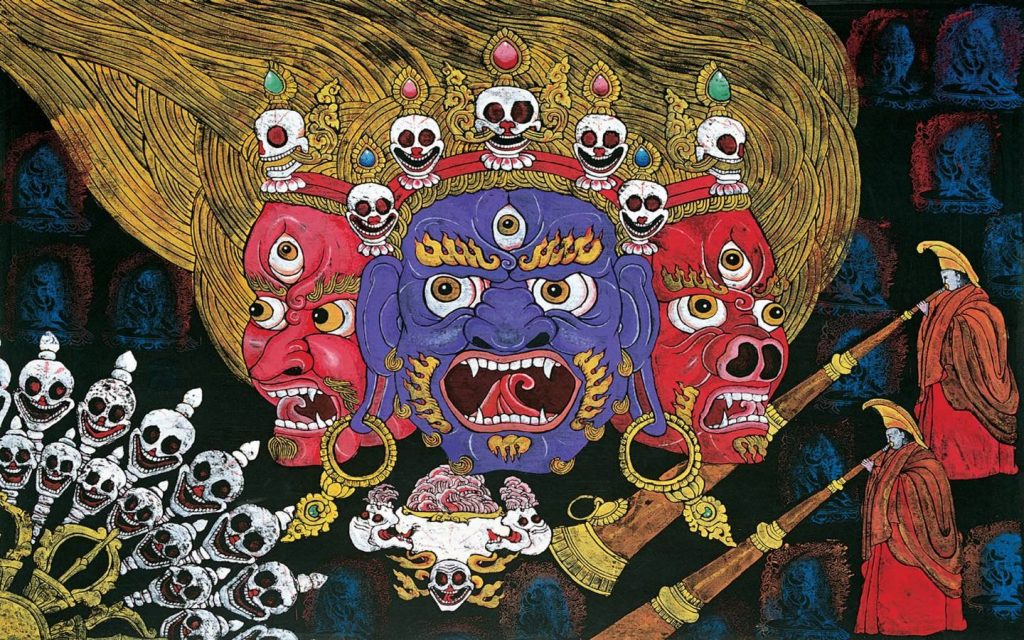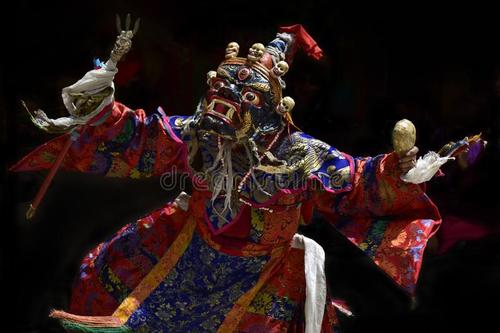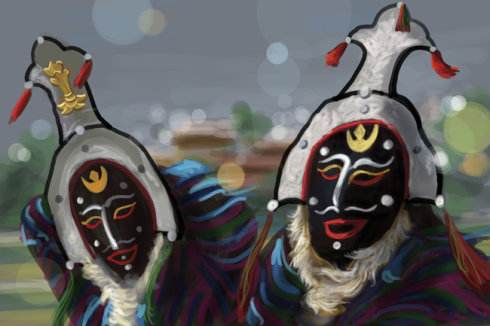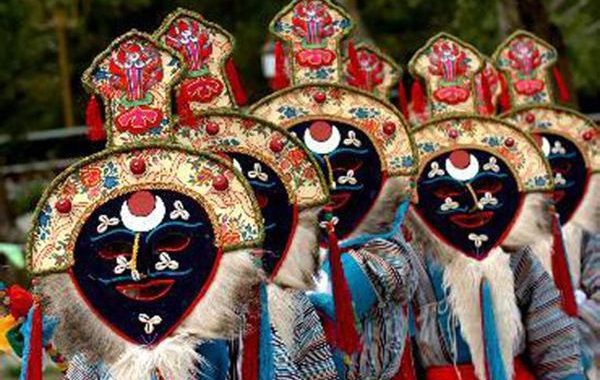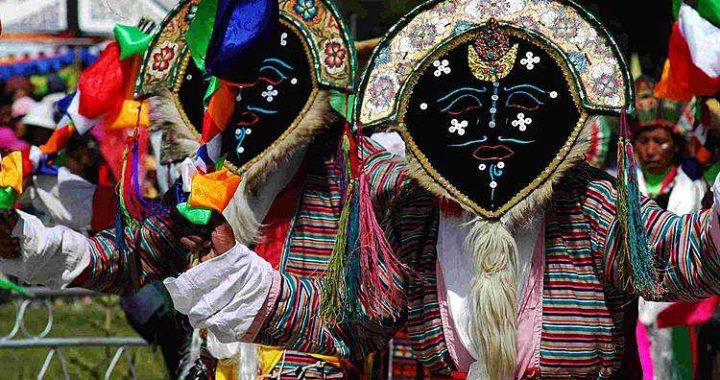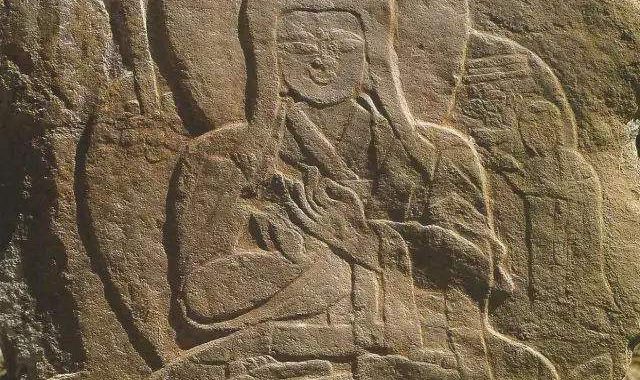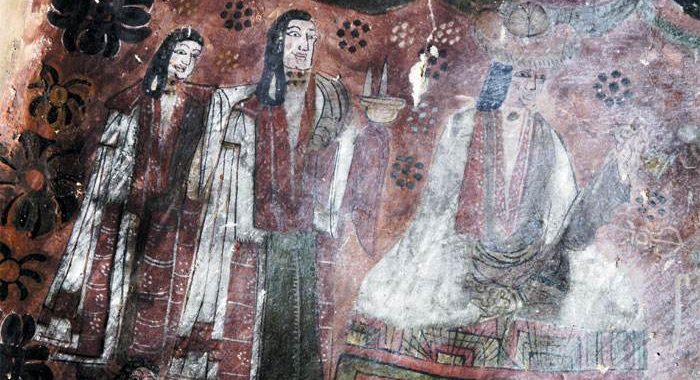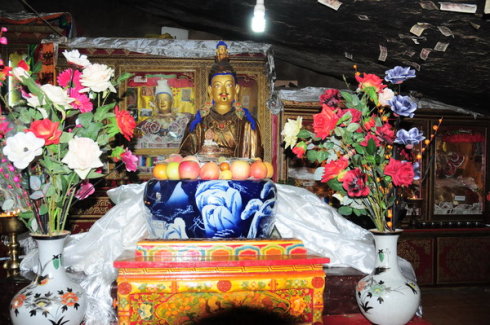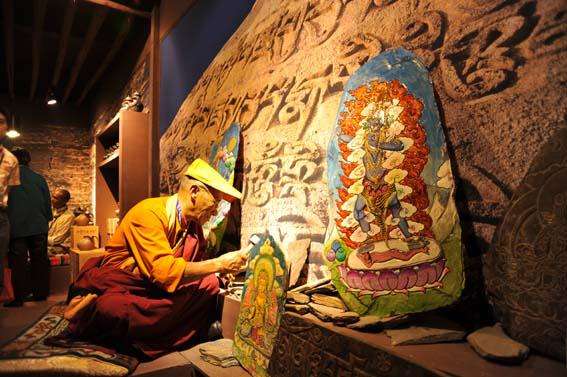Development of Thangka
1 min readThe origin and development of Tibetan Thangka were synchronized with that of Tibetan murals, and they were introduced from India, South Asia and the Han region in the central plains. The methods used in mounting Thangka have a direct link with the scroll paintings in the central plains from the Han Dynasty, the Tang Dynasty, the Song Dynasty till the Yuan Dynasty. Tubo’s silk paintings, such as “Medicine Buddha and Two Bodhisattvas”and “Rescuing Women Buddha,”and the flag painting”Vajrapani”discovered in Dunhuang Grottoes in the 9th century are the earliest Tibetan Thangka available. Tubo’s Tibetan painting tradition had greatly influenced early Tibetan Thangka art around the 13th century. It isrecorded that Atisha master felt very frustrated about the fall in Thangka standards in U-Tsang at that time so he wrote to Vikramasilavihara,a famous Indian monastery, and asked the painters there to draw three paintings on cloth and bring them to U-Tsang as blue prints of Tibetanpaintings.A private collection of Thangka named “Green Tara,”which was taken overseas, was identified to be Thangka drawn at the end of the 1lth century at the Reting Monastery. This hitherto earliest work is probably part of the collection by Master Atisha; in the same period, there was also the”Medicine Buddha,”a Khara-Khoto Thangka.
